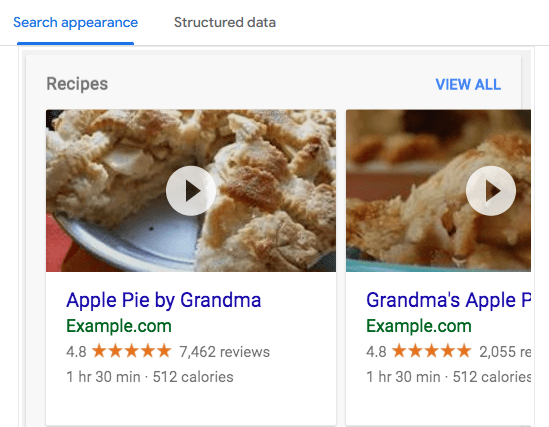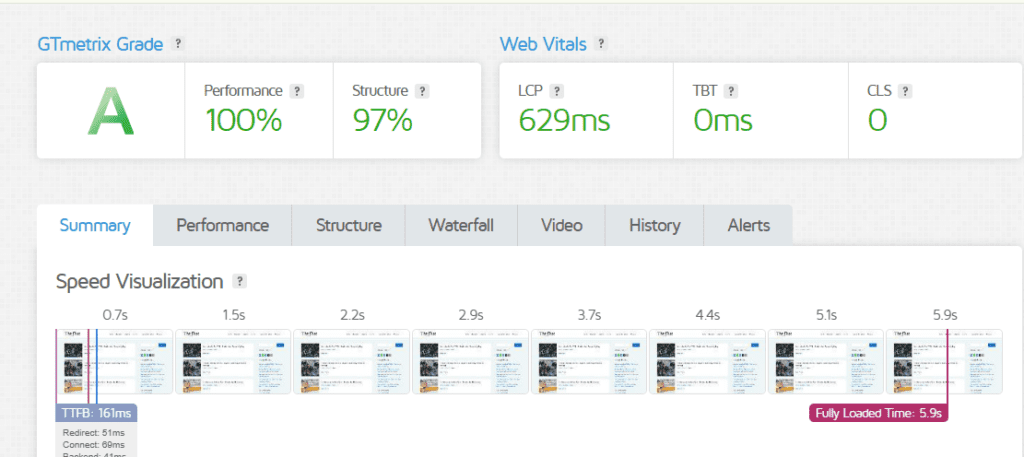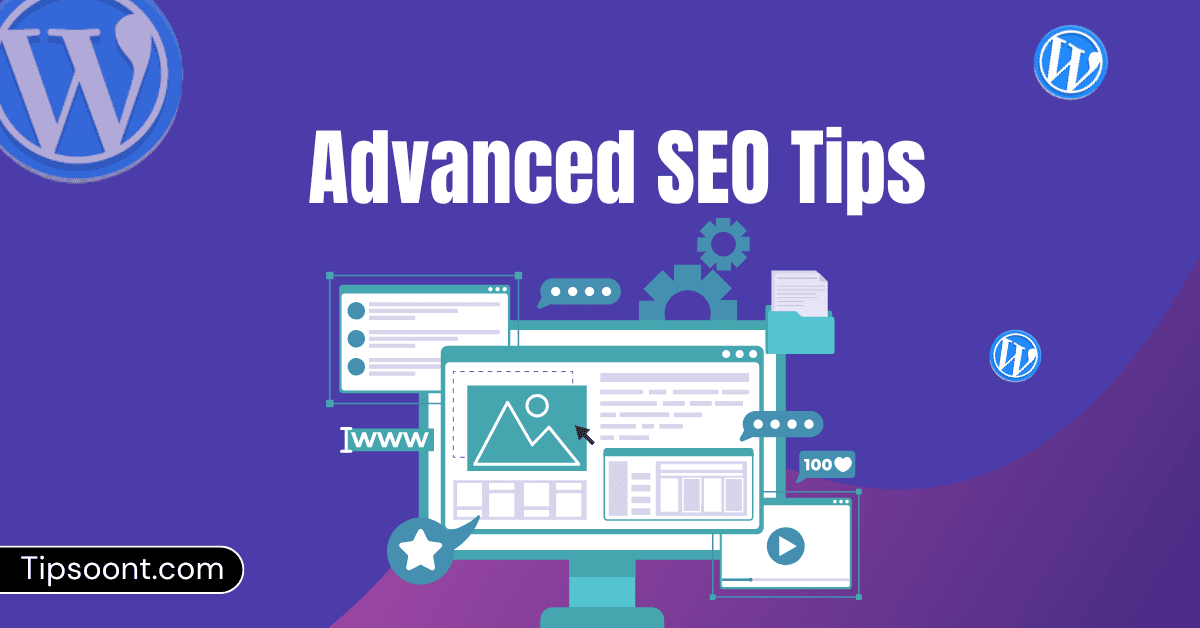Achieving high rankings on search engines with WordPress requires more than just basic SEO. While tools like plugins make setup simple, an authoritative WordPress site that ranks well calls for advanced strategies.
In this guide, we’ll cover essential, in-depth tactics—from technical optimizations to content strategies—so you can build an authority site that excels in search rankings.
1. Implement Schema Markup for Rich Snippets
Schema markup (or structured data) tells search engines exactly what your content represents. When you add schema markup to your posts and pages, you make it easier for search engines to display rich snippets in results. This could include product ratings, prices, FAQs, or even recipes.

Getting Started: Tools like Schema Pro or Yoast SEO simplify schema implementation, but understanding schema types can help you choose the best options. For example:
- Article Schema is ideal for blog posts, offering enhanced headline visibility.
- FAQ Schema works well for pages with common questions, and How-to Schema is excellent for instructional guides.
Rich snippets tend to get higher click-through rates, drawing more traffic and establishing your site as a trustworthy source.
2. Optimize for Core Web Vitals (CWV)
Core Web Vitals are a set of performance metrics that Google prioritizes, especially on mobile devices. Optimizing your site’s Largest Contentful Paint (LCP), First Input Delay (FID), and Cumulative Layout Shift (CLS) can make your site load quickly and feel responsive, improving user experience and rankings.

How to Improve CWV:
- Use a Fast Hosting Provider: The speed of your server impacts load times. Choose a WordPress-specific host for better performance.
- Optimize CSS and JavaScript: Plugins like Autoptimize can help minify and defer scripts, reducing load times.
- Lazy Load Images: Delay loading images until they’re about to appear on the screen. This can be achieved through WordPress’s built-in lazy loading feature or with plugins like WP Rocket.
A fast, stable site provides a better user experience, which signals to Google that your site is high-quality and reliable.
3. Create a Mobile-Optimized Experience
With over half of web traffic coming from mobile, mobile optimization is essential. Google uses mobile-first indexing, meaning it primarily assesses the mobile version of your site for ranking.
Best Practices:
- Responsive Design: Choose a responsive WordPress theme that adapts to different screen sizes. Responsive themes adjust elements like font size and button placement to enhance usability on mobile.
- Accelerated Mobile Pages (AMP): AMP helps your pages load faster on mobile devices by stripping down unnecessary elements. Implement AMP plugins, but note that AMP can affect the design, so ensure critical SEO elements remain intact.
- Test with Google’s Mobile-Friendly Tool: Check how your site performs on mobile and make adjustments based on the insights provided.
4. Advanced Keyword Strategy and Topic Clustering
Keyword strategy today goes beyond focusing on single phrases. Google now understands broader topics and relationships between terms, so structuring your site with topic clusters can improve relevance and authority.
Implementing Topic Clusters:
- Pillar Pages: A pillar page is a comprehensive page covering a broad topic, linking to several related subtopics. For example, a pillar page on “WordPress SEO” might link to posts on “Schema Markup,” “Core Web Vitals,” and “Keyword Strategy.”
- LSI Keywords: Latent Semantic Indexing (LSI) keywords are related terms that give context to your content. Incorporate synonyms and relevant phrases naturally to enhance content relevance.
- Tools for Research: Use tools like Ahrefs and SEMrush to find related keywords and subtopics to strengthen your topic clusters. Additionally, check Google’s “People Also Ask” section for content ideas and user intent.
5. Master the Internal Linking Structure
A well-planned internal linking structure allows search engines to crawl your site easily while highlighting important pages. Internal links also provide users with more relevant content, which can increase dwell time and reduce bounce rates.
Best Practices for Internal Linking
1. Link to High-Value Pages
Internal links are a great way to guide visitors to your most important content. Focus on linking to pillar pages or other high-value pages that cover broad, comprehensive topics. These pages should naturally include links to related supporting articles, creating a strong network of interconnected content.
This strategy not only improves user navigation but also helps search engines recognize the importance of these pages.
2. Use Descriptive Anchor Text
When adding links, use descriptive and relevant anchor text. This text should clearly describe the content of the linked page. For example, instead of using vague phrases like “click here,” use something like “SEO strategies for beginners.” Descriptive anchor text improves user experience and helps search engines understand the relevance of the linked page.
3. Automate with Plugins
Maintaining a robust internal linking structure can be time-consuming, but tools like Link Whisper can make it easier. These plugins automatically suggest internal links based on your content, saving you time and ensuring your pages remain interconnected. By using automation, you can focus on creating quality content while ensuring your internal linking strategy stays strong.
6. Advanced Tracking and Analytics for SEO Performance
To refine your strategy, you need data. Using Google Analytics and Google Search Console is essential, but going further with tools like Hotjar and Crazy Egg can provide insights on user behavior.

Actionable Tracking Tips:
- Set Up Goals in Google Analytics: Track actions like purchases, form submissions, and downloads to understand how users engage with your site.
- Use Google Search Console for Keyword Insights: GSC shows which queries bring visitors to your site. Optimize pages for queries with high impressions but low CTR to improve performance.
- Heatmaps and Click Tracking: Visualize where users click and how far they scroll. If users rarely reach the end of your content, consider restructuring it for better engagement.
7. Align Content with User Intent
Google prioritizes content that meets user intent, so understanding what users seek can help improve rankings and engagement.
Types of Intent:
1. Informational Intent
Users with informational intent are searching for answers or learning about a topic. These queries are typically phrased as questions or involve “how to” or “what is.” For example:
- “How to set up WordPress SEO”
Content like tutorials, guides, or FAQs works best to address this intent. Providing clear, valuable information builds trust and positions you as an expert in the field.
Navigational intent occurs when users already know where they want to go but need help finding it. These queries often include brand names or specific websites. For instance:
- “Yoast SEO plugin WordPress”
To capture this intent, ensure your website is optimized for branded searches and offers an easy navigation experience.
3. Transactional Intent
Users with transactional intent are ready to take an action, such as purchasing, subscribing, or signing up. These queries usually contain terms like “best,” “buy,” or “deals.” For example:
Craft your content to satisfy these intents. For informational content, use FAQs and detailed guides. For transactional content, include CTAs (calls-to-action) to drive conversions.
8. Leverage Social Proof and Engagement Signals
While social shares aren’t direct ranking factors, they drive traffic and boost brand visibility, indirectly benefiting SEO.
1. Enable Social Sharing Buttons
Make it simple for readers to share your content by adding social sharing buttons to your posts. Use plugins like Social Snap to place these buttons strategically, ensuring maximum visibility. This small addition can significantly increase your content’s reach across various platforms.
2. Encourage Comments and Discussion
A comment section not only keeps readers on your site longer but also fosters engagement. Responding to comments helps build a sense of community and establishes your authority in the niche. Encourage readers to share their thoughts or ask questions to keep the conversation flowing.
3. Promote on Multiple Platforms
Expand your reach by sharing your content on social media platforms like Twitter, LinkedIn, and Facebook. Each share boosts your content’s visibility and increases the chances of earning backlinks. Tailor your posts for each platform to maximize engagement.
9. Image and Media Optimization
High-quality visuals can enhance engagement but can also slow down your site if not optimized.
Image Optimization Techniques:
- Use Compressed Image Formats: Convert images to formats like WebP for smaller file sizes without quality loss.
- Add ALT Text: Descriptive ALT text helps visually impaired users and provides context to search engines.
- Embed Videos from External Sources: Rather than uploading videos directly, embed them from platforms like YouTube. This reduces server load and improves performance.
10. Advanced Site Security for Trustworthiness
Site security is critical for SEO. Google considers a secure site more trustworthy, and users prefer sites that protect their data.

1. Install an SSL Certificate
An SSL certificate is essential for securing your website. It ensures that your domain uses HTTPS, encrypting data exchanged between users and your site. This protection not only builds trust with visitors but also boosts your Google rankings, as HTTPS is a key factor in SEO. Without SSL, your site may display “Not Secure” warnings, deterring potential visitors.
2. Use Security Plugins
Protect your website from threats like malware and hacking attempts by installing security plugins. Tools like Wordfence or Sucuri provide real-time monitoring, firewall protection, and alerts for suspicious activities. These plugins are user-friendly and help safeguard your site from vulnerabilities, giving you peace of mind.
3. Perform Regular Backups
Unexpected issues can occur, from server crashes to cyberattacks. That’s why regular backups are critical. Use plugins like UpdraftPlus to automate the process and save your data securely. With a reliable backup system, you can quickly restore your website without worrying about losing valuable information or downtime.
Final Words
Optimizing WordPress for SEO beyond the basics requires attention to detail, strategic planning, and technical know-how. By focusing on advanced tactics—like schema markup, Core Web Vitals, mobile optimization, and effective internal linking—you can elevate your site from good to authoritative.
Consistently implement these strategies and monitor their impact. Over time, these efforts will increase your rankings, attract more traffic, and establish your WordPress site as a trusted resource in your niche.
The road to authority in SEO takes time, but by staying proactive with advanced techniques, your WordPress site will be well-positioned to compete and succeed in search rankings.
Also Read: Fix WordPress error this site couldn’t establish a secure connection
- How to Prevent Website Crashes: 7 Reasons & how to Fix Them - February 28, 2025
- What is Cloaking in SEO? Examples, Risks & Tools - November 26, 2024
- 10 Advanced WordPress SEO Tips to Boost Rankings Fast - November 17, 2024







